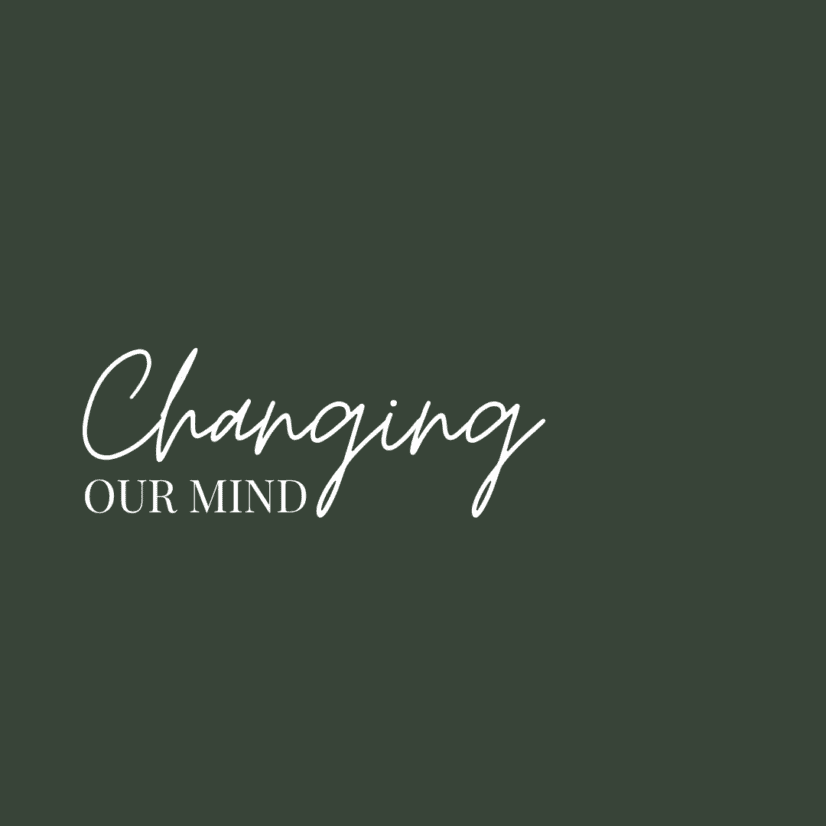I was recently at a conference, and one of the main takeaways was that changing our minds can significantly improve functioning of our brains and our lives. Scientist and presenter, Cathy Snapp, Ph.D., made a provoking statement, “Our genes are being bathed by our choices.”
She went on to say that the method of our decision making, plus the subject of our choices, can change the trajectory of our lives.
How we think affects our choices, and our choices impact our behaviors. Our behaviors in turn determine our lives. By applying simple mindfulness techniques, we might find that a change of mind can be our best friend.
It has been said that our bodies are a sum of our choices. Our brains have 500 trillion connections. Positive emotions connect the entire organ system of the mind. In fact, Snapp says that how and where we focus our attention dictates the content of the brain structure we create. This is called neuroplasticity.
Our neuroplastic minds are designed to renew and restructure, according to how and what we think. With regular practice of the mindfulness technique, the outcome can be improved physical, mental, and emotional well-being. Our relationships can also improve.
This easily taught technique engages awareness, choice, and positive focus for twenty-five to thirty-five seconds. While appearing to be simple, it takes more than one thought to make a new neuropathway. Repeated, intentional and positive emotions epigenetically change our body and mind, and experiences of life. Overtime, when new neuro-pathways are formed, old patterns of thought and behaviors are more easily challenged and changed.
Dr. Snapp summed it up by saying, “The effects of this self-directed neuroplasticity are cumulative, so every time we make a choice for hope, we are turning the part of us that chooses into something different than it was before. We have to choose the good we want in our mind and lives over and over again.”
While your therapist can offer mindfulness instruction, objective awareness of patterns, and accountability, the technique is meant for the client to learn and continually apply in life. Challenging thoughts and changing our minds are fundamental to growth and well-being in hopes of becoming the best version of ourselves we can.
Written by: Sheri Schulze

